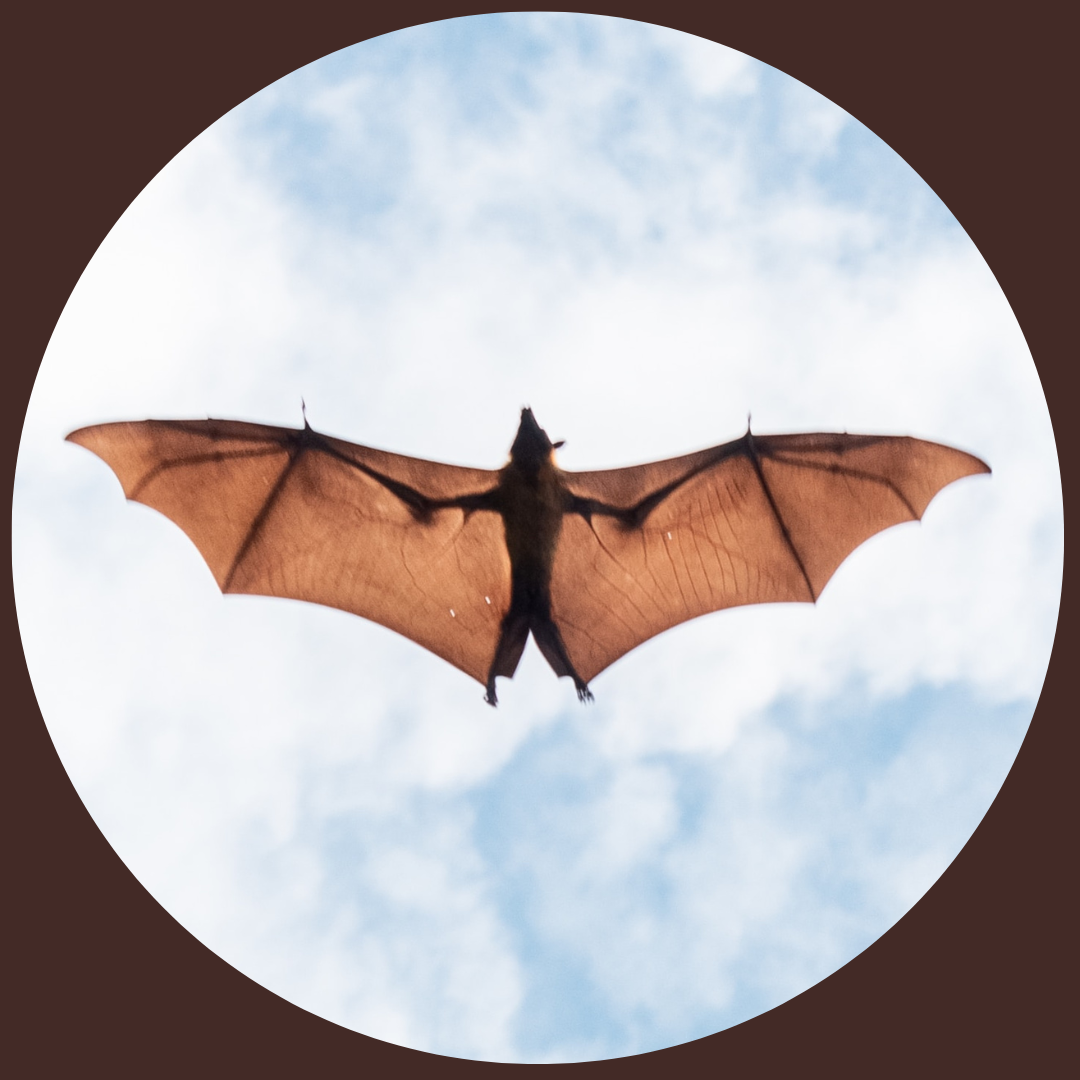Although, the one mammal-preferring bat is horrifying - not because of the animal, but the diseases it transfers.
Like mosquitoes: it’s not the insect that kills you, it’s the disease they transmit to you.
What diseases are we talking about?
Well, rabies, mainly, but vampire bats are a significant vector for infectious diseases in LatAm.
When I was in Panama, in the Army, we had to take a “jungle safety” class. There was a bunch of stuff about snakes, spiders, and the Black Palm trees, but one of the scariest was about the bats. Gangrene, some sort of flesh-eating disease, rabies… but the scariest was the uncertainty. The mammal ones have numbing and blood thinner agents in their saliva, and razor-sharp teeth. The just give you a little slice and then lap up the blood as you bleed - and you don’t feel it. The training said it was most dangerous because they feed while you’re asleep; the description was that they land a little away and sort of low-crawl up to you, and feed. You wake up none the wiser, unless you notice the small wound, which has probably stopped bleeding by the time you wake up. And you’re in the jungle, so you’re bleeding all the time - from scratches, leeches, whatever. You’re not taking showers out when you’re oit overnight in patrol, so it’s not like you can easily check each other. You don’t know you’ve been infected, so you don’t go to the medic, and the first you know you’ve got something is when you start showing symptoms - and for rabies, that’s too late.
It wasn’t a common problem; you slept off the ground in hammocks, in mosquito net anyway. Vampire bats don’t feed unless you’re asleep, so they weren’t the biggest risk, by far. Black Palms were much worse, and the snakes. But still, you can be careful and watch for most risks, and wear bug repellent for mosquitoes… it’s the idea that they get you specifically when you’re asleep that made them concerning.
subscribe




